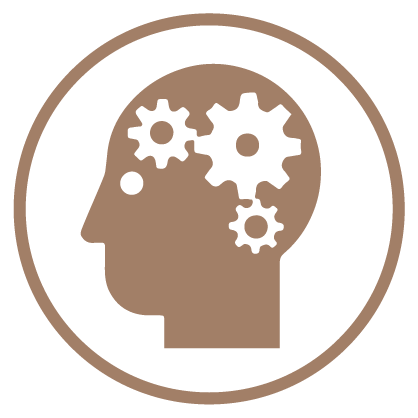€31.00
Familiarity with digits 0-9, exercise number sequence 1-10, assigning and recording quantity, even/odd numbers.
In stock
This material offers a variety of opportunities for creative manipulation of digits, numbers and quantities in the range 0-10. Therefore, it is also suitable for young children who are interested in numbers, to gain an initial experience and to discover connections of quantities with numbers, etc.
It allows students to understand what even and odd numbers are in a single lesson without much explanation.
Recommended age: from 3 years
Learning objectives:
Familiarity with the digits 0-9
Number exercise sequence 1-10
Quantity distribution and quantity recording
Even/odd numbers
Material data:
Stable and high quality wooden box.
Wooden number tiles: 6.5 x 5.5 x 0.4 cm.
Digits (perforated): 4.5 x 3.2 x 0.3 cm.
Stamps: 2.4 cm in diameter and 0.5 cm thick
The numbers are from 1-10.
| Weight | 1.0 kg |
|---|---|
| Dimensions | 25 × 10 × 10 cm |
| Age | 3+ years old. Age is indicative, use depends on the child's development |
Η πρώτη αριθμητική του παιδιού. Εισαγωγή στις έννοιες της ποσότητας και αριθμών από το 1 έως το 10.
Out of stock
45 wooden sticks of the same size help to understand the quantity and the corresponding number from 0 to 9.
In stock
Game for learning to differentiate 25 sounds from the house and the city, associate them with their real picture and also learn their names.
 What do I learn?
What do I learn?In stock
With this material, children learn, in a simple way, to open and close buckles.
In stock
Made of high quality wood, this Montessori material is used as a puzzle.
The child learns the parts that make up a flower.
The individual parts only fit into the place provided for them.
In stock
Happiness is made of wood!
In stock
This wooden toy is useful for improving a child’s differentiation skills in a variety of sizes and shapes.
It can help boost mental development and stimulate imagination.
In stock
Areas of application for this Montessori material:
In stock
In stock
In stock
Wooden tray equipped with 6 boxes with holes, which differ in color, the shape of the hole and the type of lock.
Learning objectives: Color discrimination, development of motor skills, recognition of basic geometric shapes, recognition of different types of locks used in everyday life.
In stock
A game of association for learning to separate and classify different kinds of rubbish: organic, plastic, bottles, cans, paper, cardboard, glass, batteries, etc.
 What do I learn?
What do I learn?In stock
Out of stock
When a young lady or a gentleman decides to enter the world of savoir vivre, it is worth getting our placemat.
In stock


Not a member? Create an account
Already got an account? Sign in here